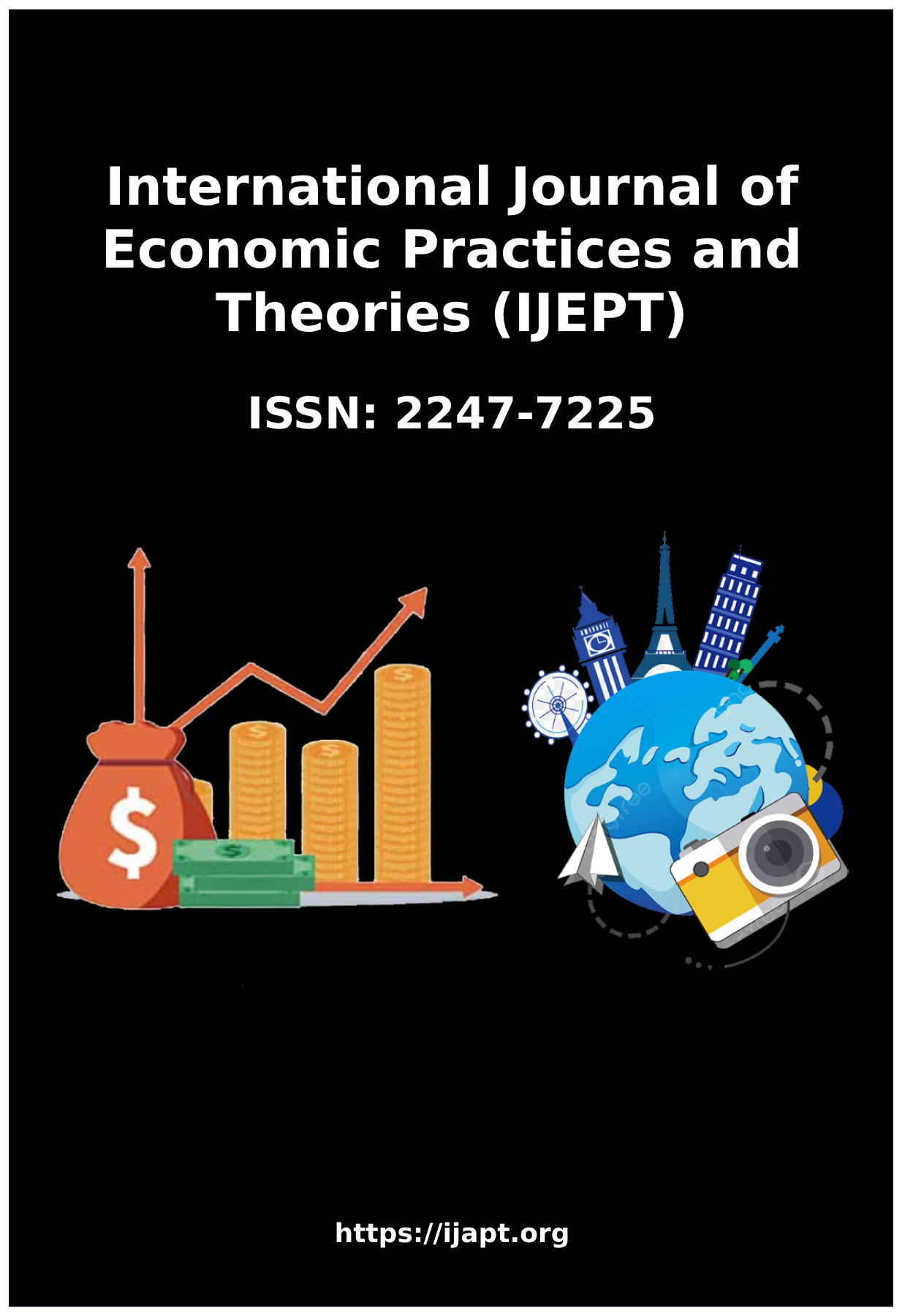Phonetic and Visual Similarity of Trade Marks in Indian Law: Judicial Interpretations of Cases
Main Article Content
Abstract
Deceptive similarity in trademarks refers to a situation where one mark so closely resembles another that it is likely to mislead or confuse consumers regarding the source of goods or services. This concept is fundamental to trademark law, as it ensures that trademarks fulfil their essential role of distinguishing products in the marketplace and protecting consumer trust. The assessment of deceptive similarity is not limited to identical marks but also extends to those that create an overall impression of resemblance, whether in appearance, sound, meaning, or packaging. The standard is based on the perception of the average consumer, who is guided by imperfect recollection rather than detailed scrutiny. Factors such as the nature of goods, purchasing environment, class of consumers, and manner of trade are all considered in determining whether similarity is deceptive. In sensitive areas like medicines or fast-moving consumer goods, the threshold for confusion is particularly strict due to public interest concerns. Beyond word marks, the scope of deceptive similarity also covers visual elements such as logos, colour schemes, and trade dress, as well as modern contexts like online platforms where initial interest confusion can occur. By preventing unfair advantage and protecting distinctiveness, the doctrine of deceptive similarity upholds the dual objectives of trademark law: safeguarding consumers from confusion and maintaining fair competition in the marketplace. It remains a dynamic, flexible standard that evolves alongside commercial practices and consumer behaviour.
